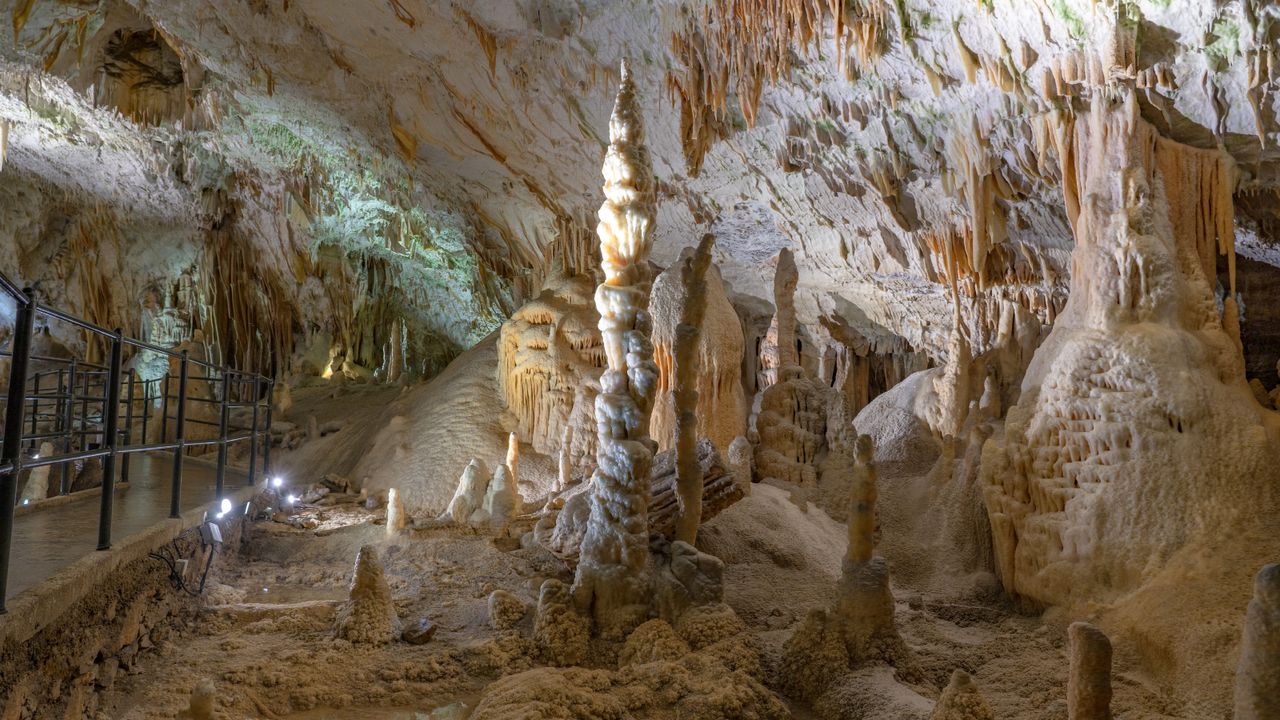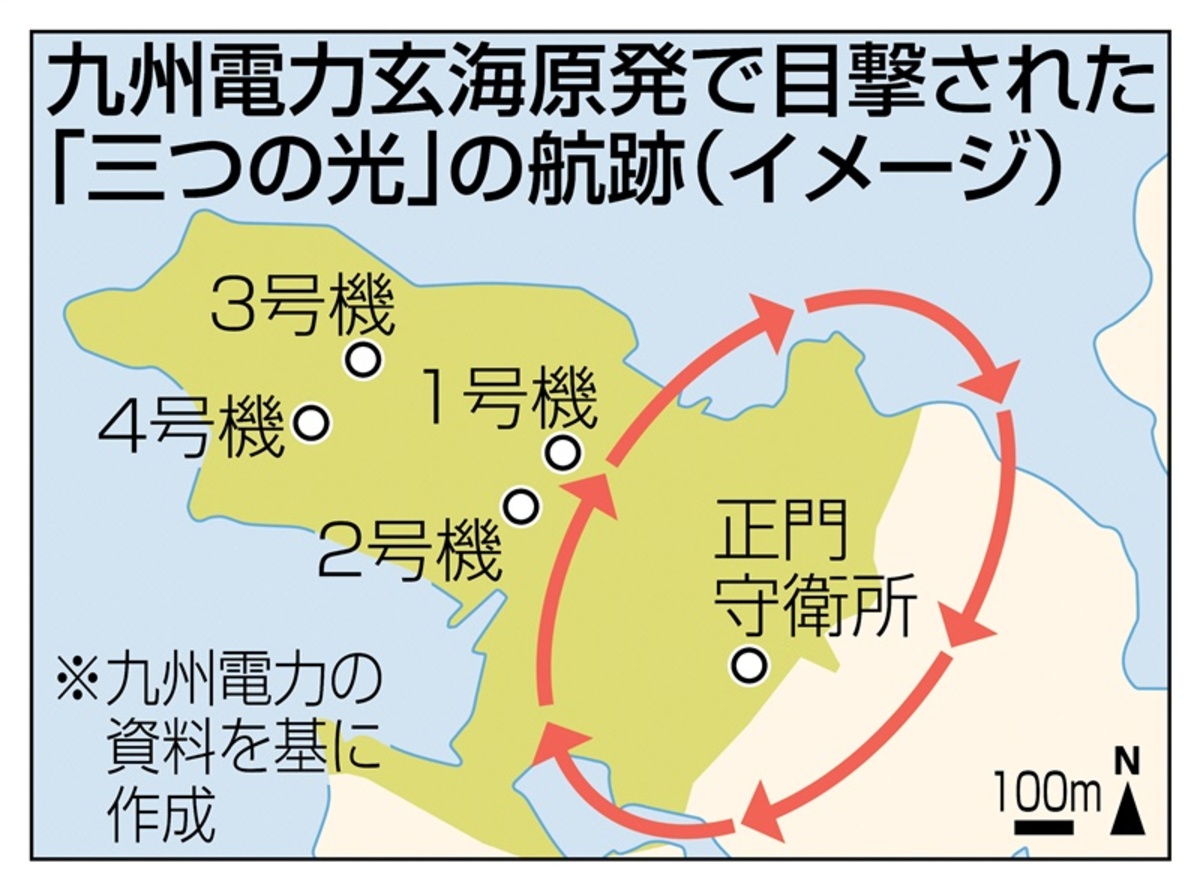Scientists Discover Mathematical Rule Governing Stalagmite Shapes
Researchers have uncovered that stalagmites, the dramatic mineral formations found in caves, all adhere to a simple mathematical rule. By creating equations to describe how these formations develop into different shapes, scientists hope to improve our understanding of past climate conditions. Their findings are detailed in a study set to be published the week of October 13 in the journal PNAS.
According to Piotr Szymczak, a physicist at the University of Warsaw and co-author of the study, “It turns out that the rich diversity of stalagmite shapes can be explained by one simple parameter. This is a rare case where the beauty we see in nature corresponds directly to a clean mathematical law.”
Stalagmites can grow up to hundreds of feet tall from cave floors and take various forms, ranging from sharp, narrow cones to wide, flat-topped mounds. These formations occur when mineral-rich water drips from a cave’s ceiling onto roughly the same spot over thousands of years, steadily depositing calcite that builds up the tower-like structure.
The new study presents a set of mathematical equations that describe how these shapes emerge. The researchers found that a stalagmite’s eventual form depends on two main factors: the rate at which water drips from the cave ceiling and the speed at which calcite is deposited from that water. Both factors are captured by a single value known as the Damköhler number.
Fast-flowing water dripping onto a cave floor tends to create pointy, cone-shaped stalagmites. In contrast, slower dripping results in thicker, column-like formations. When water falls from a greater height or does not drip exactly in the same place, wider stalagmites with flat tops are formed.
To validate their equations, the team compared the predicted stalagmite shapes with actual specimens collected from Postojna Cave in Slovenia. Matej Lipar, a physical geographer at the Research Centre of the Slovenian Academy of Sciences and Arts and co-author of the study, said, “When we compared our analytic solutions with real cave samples, the match was remarkable. It shows that even under natural, messy conditions, the underlying geometry is there.”
This mathematical insight could help scientists extract more precise climate data from stalagmites. Similar to tree rings, stalagmites grow in layers that record historical information about rainfall and temperature. By analyzing ratios of different isotopes of carbon in each layer, researchers interpret past environmental conditions. However, since stalagmite shape influences how these layers form, understanding the underlying geometry could refine these interpretations and provide a clearer picture of Earth’s climatic history.
https://www.livescience.com/planet-earth/geology/stalagmites-adhere-to-a-single-mathematical-rule-scientists-discover



